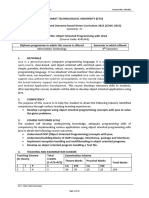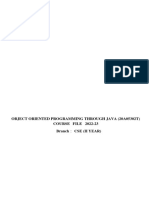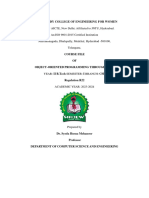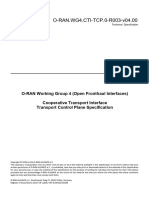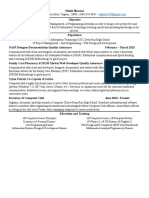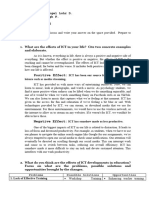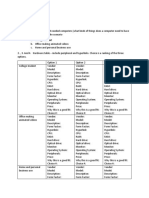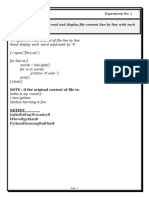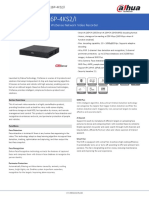0% found this document useful (0 votes)
278 views14 pagesCS8392 OBJECT ORIENTED PROGRAMMING - Syllabus
This document outlines the objectives, units, outcomes and references for the course CS8791 Cloud Computing. The key objectives are to understand cloud computing concepts, evolution, issues and players. The course covers topics such as cloud characteristics, enabling technologies, architecture, services, storage, resource management, security and technologies like Hadoop, MapReduce, OpenStack. Upon completion, students will be able to articulate cloud concepts, technologies and models, and develop the ability to understand and use cloud architecture, services and delivery models.
Uploaded by
MARIA MICHAEL VISUWASAM LCopyright
© © All Rights Reserved
We take content rights seriously. If you suspect this is your content, claim it here.
Available Formats
Download as DOCX, PDF, TXT or read online on Scribd
0% found this document useful (0 votes)
278 views14 pagesCS8392 OBJECT ORIENTED PROGRAMMING - Syllabus
This document outlines the objectives, units, outcomes and references for the course CS8791 Cloud Computing. The key objectives are to understand cloud computing concepts, evolution, issues and players. The course covers topics such as cloud characteristics, enabling technologies, architecture, services, storage, resource management, security and technologies like Hadoop, MapReduce, OpenStack. Upon completion, students will be able to articulate cloud concepts, technologies and models, and develop the ability to understand and use cloud architecture, services and delivery models.
Uploaded by
MARIA MICHAEL VISUWASAM LCopyright
© © All Rights Reserved
We take content rights seriously. If you suspect this is your content, claim it here.
Available Formats
Download as DOCX, PDF, TXT or read online on Scribd
/ 14












